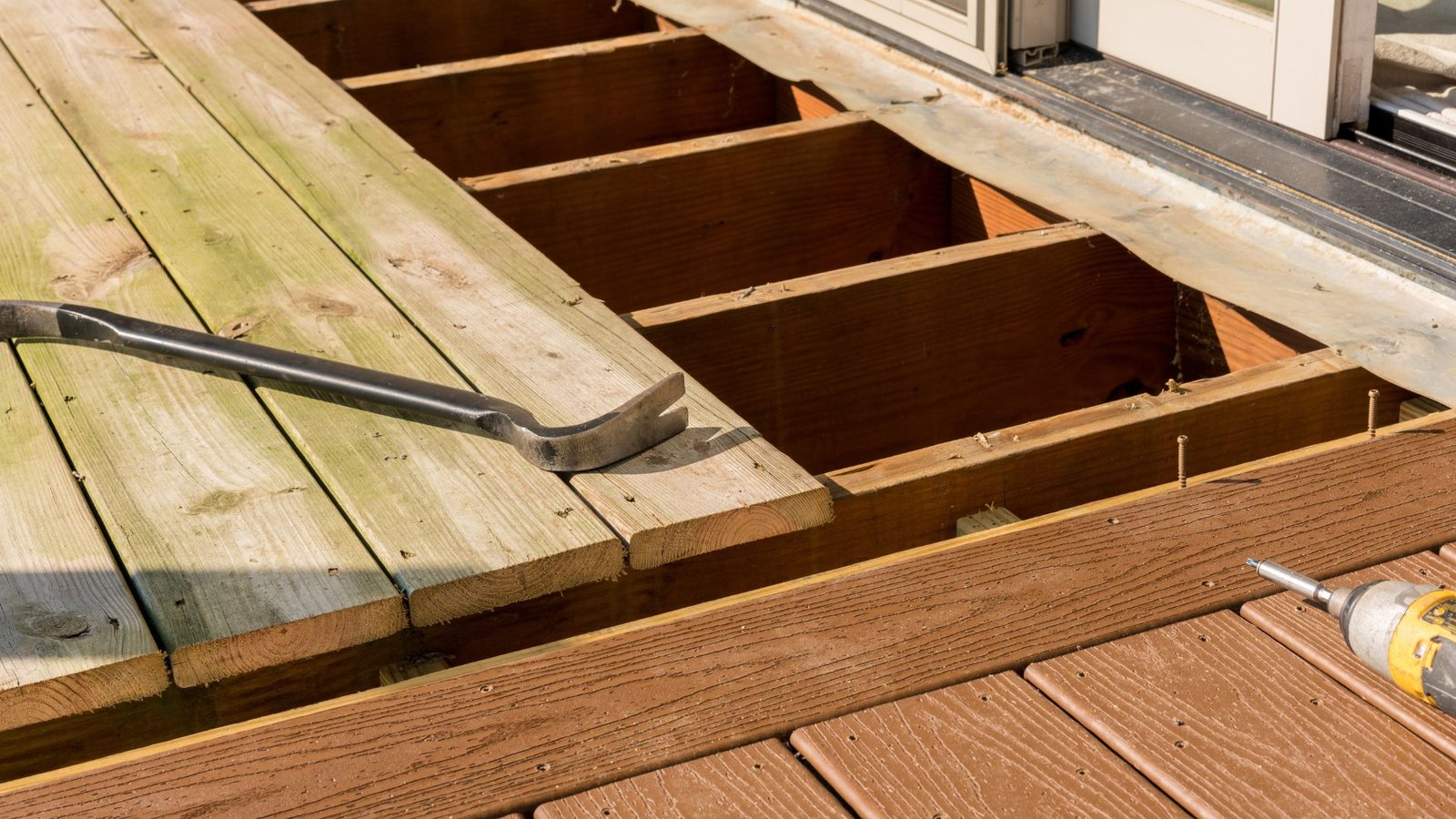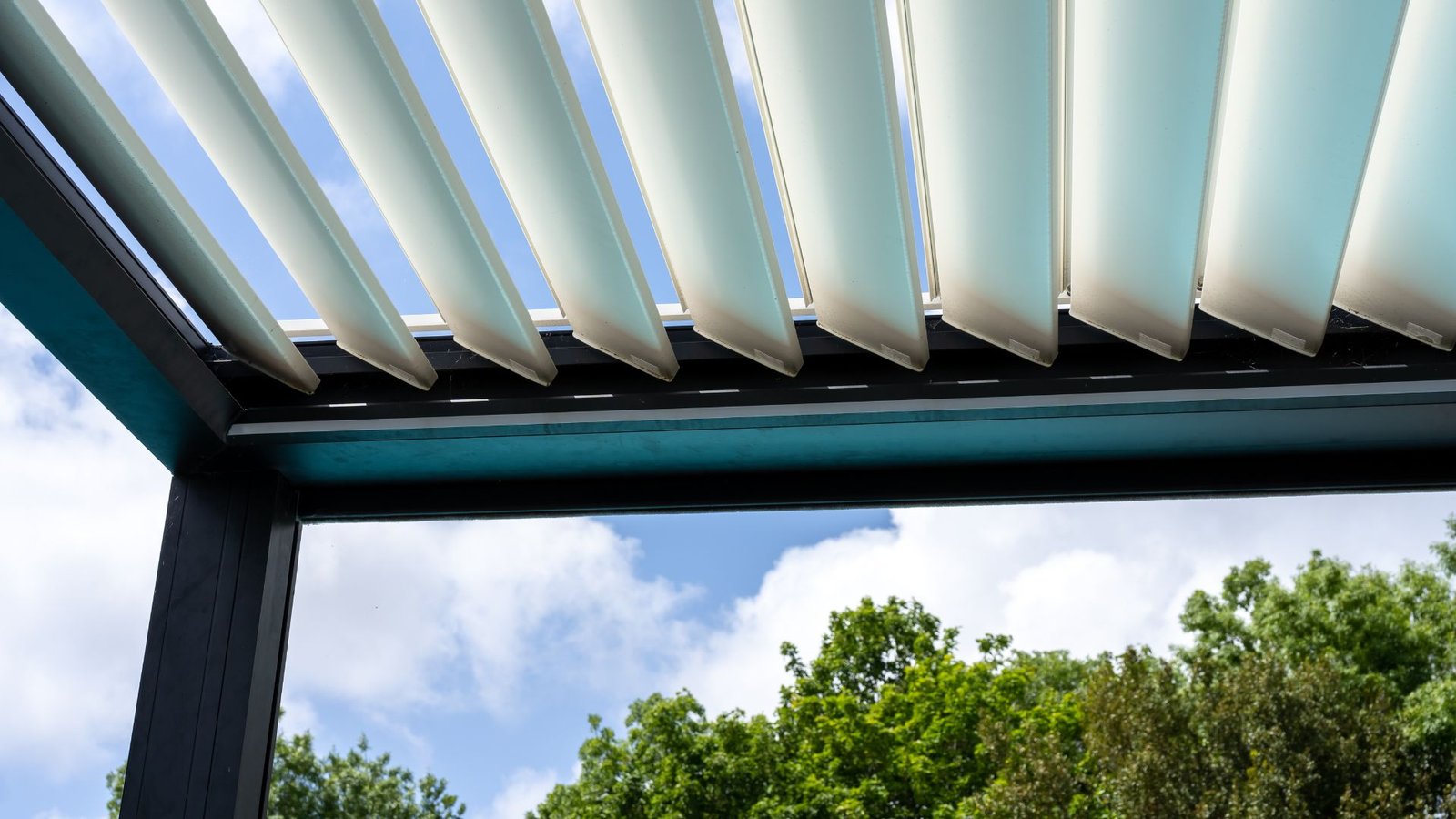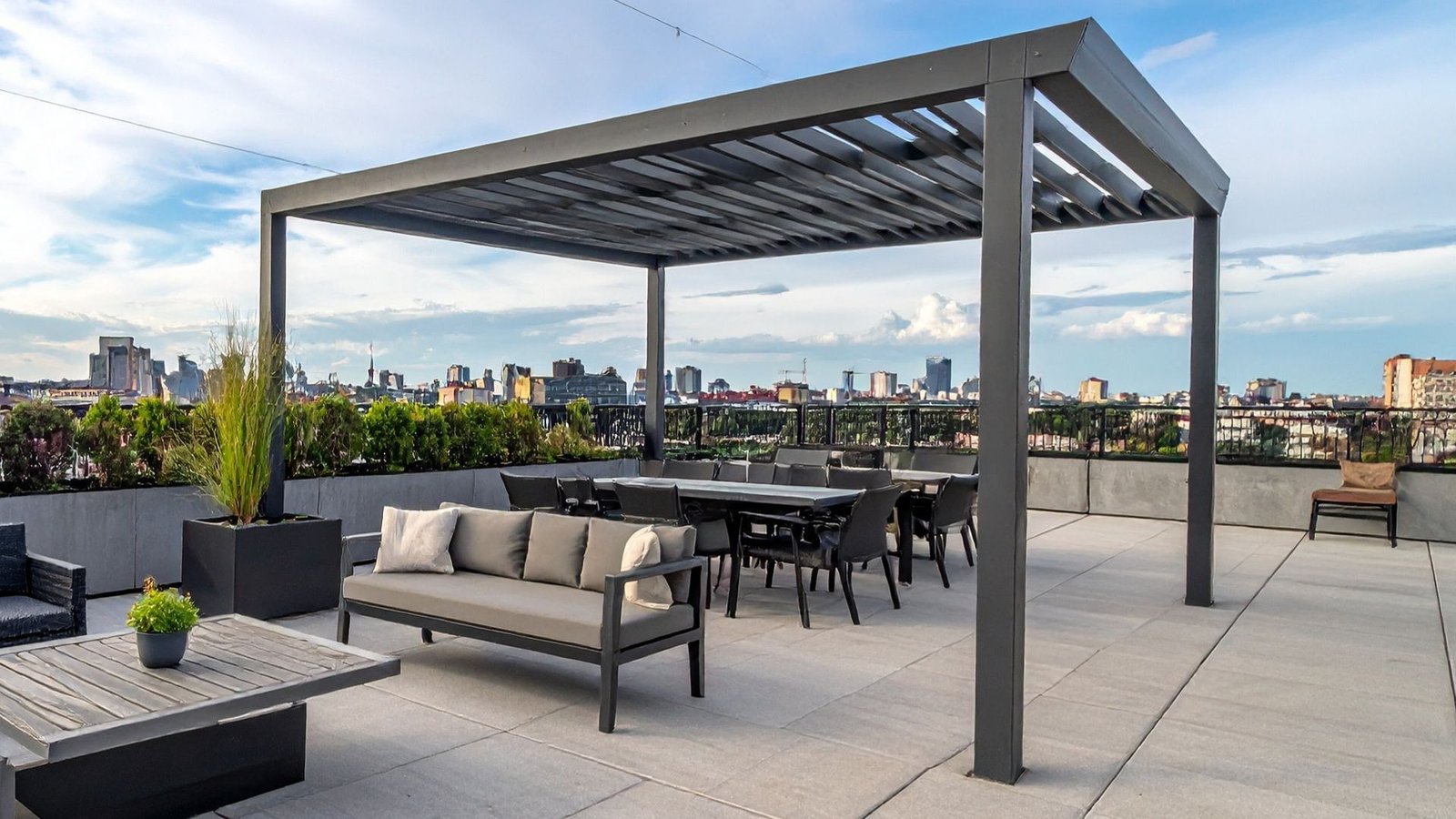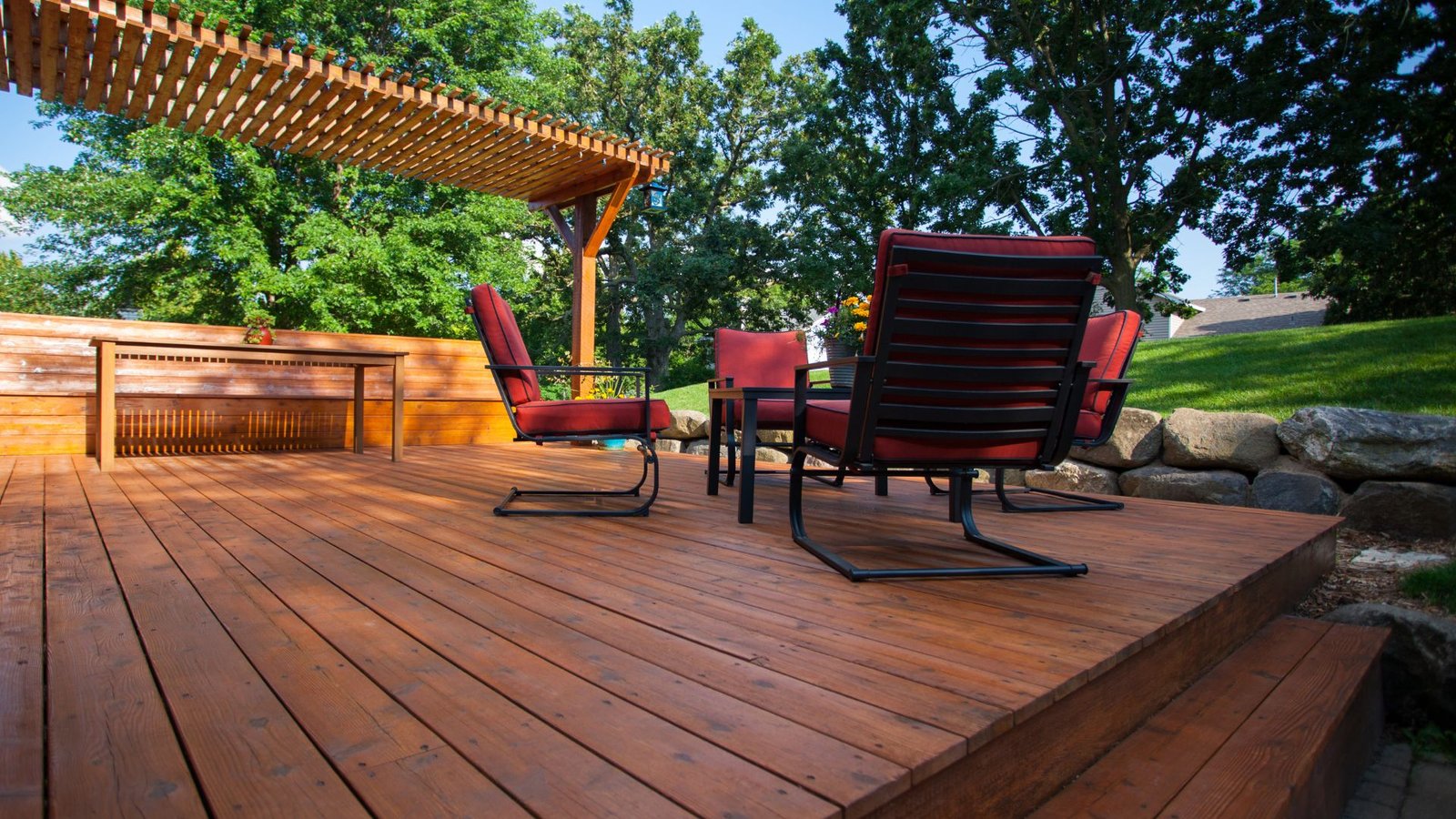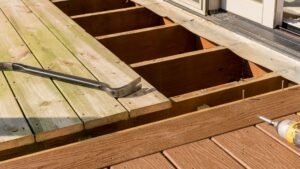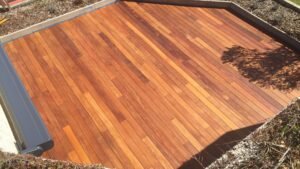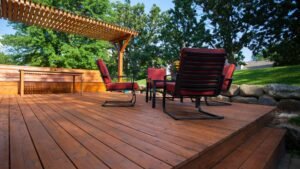Welcome to your go-to guide for understanding fence costs in New Zealand. Whether you’re planning a new build, replacing an old fence, or just exploring your options, knowing what to expect in terms of pricing can save you time and money. Fence costs vary depending on the material, size, location, and labour involved, which can make budgeting a challenge. That’s why we’ve created this comprehensive resource, complete with a free fence cost calculator, to help you estimate your project with confidence. From timber to Colorbond and PVC, we’ll break down the real costs, provide local insights, and answer the questions most Kiwis ask before they build.
A fence cost calculator NZ helps homeowners estimate the total cost of a fencing project based on material type, fence length, height, and location. On average, fencing in New Zealand ranges from $200 to $400 per metre, depending on whether you choose timber, PVC, aluminium, or Colorbond. Using a calculator can save time, reduce guesswork, and make budgeting easier.
Fence Cost Calculator
Total Estimated Cost: NZD $0.00
Table of Contents
How Much Does a Fence Cost in NZ?
If you’re planning a fencing project in New Zealand, one of the first questions that comes to mind is cost. Prices can vary depending on the materials you choose, the size of the fence, and where you’re located. Understanding the average price range and the factors that influence the final cost helps you set a realistic budget and avoid unexpected expenses. Below is a breakdown of 2025 fence pricing and the key variables that affect your total cost.
Average Fence Costs (2025 Estimates)
The following price ranges are based on typical costs per metre for professional supply and installation in New Zealand. These estimates give you a general idea of what to expect in 2025.
- Timber Fencing: $200–$300 per metre
Timber remains a popular option for its natural look and affordability. It’s often chosen for residential properties, especially when privacy is a priority. Costs depend on the type of wood, design, and required maintenance. - PVC Fencing: $250–$350 per metre
PVC, also known as vinyl fencing, is valued for its durability and low maintenance. While the upfront cost is higher than timber, it requires no painting or sealing, which reduces long-term upkeep. - Aluminium Fencing: $280–$400 per metre
Aluminium is a sleek, modern option that’s resistant to rust and weather damage. It’s ideal for boundary fencing, pool areas, or properties needing a minimal, durable finish. Costs can rise if custom panels or finishes are needed. - Colorbond Fencing: $220–$320 per metre
Colorbond steel fences are a strong, low-maintenance option commonly used in both residential and commercial settings. They’re known for their clean look and weather resistance. Prices vary based on colour, panel height, and installation complexity.
These prices represent general averages and may vary based on location, contractor rates, and property conditions.
What Impacts Fence Pricing?
The cost of fencing is influenced by more than just the material. Here are the key factors that can increase or reduce your total price:
- Type of Material
Each fencing material has its own cost structure, installation process, and lifespan. Timber is usually cheaper upfront but requires ongoing maintenance, while materials like PVC or aluminium have higher installation costs but lower long-term maintenance. - Fence Height and Length
The taller and longer your fence, the more materials and labour will be required. A standard 1.8-metre fence is common for privacy, but if you’re fencing a large boundary, even a small cost difference per metre can add up quickly. - Site Access and Terrain
Easy access to your site means faster installation. If your property is sloped, rocky, or surrounded by obstacles, expect to pay more. Contractors may charge extra for manual digging, retaining walls, or custom panel adjustments. - Labour Rates in Your Area
Fencing contractor rates vary across New Zealand. Urban areas like Auckland or Wellington usually have higher labour costs than smaller towns or rural regions. Getting multiple quotes helps you gauge fair pricing in your area. - Extras Like Gates or Painting
Adding a gate or customizing the finish can increase your total cost. Double gates, painted posts, or decorative panels require more materials and time to install, which affects the final quote.
Tip: Flat sites cost less than sloped or uneven terrain. If your yard is level and easily accessible, your installation will likely be quicker and more affordable.
Understanding these variables helps you make informed decisions and plan your fencing project without surprises. Whether you’re hiring a professional or considering a DIY approach, having clear cost expectations ensures better budgeting and better results.

Try Our Free Fence Cost Calculator NZ
Before you call a contractor or start buying materials, it’s smart to get a clear idea of how much the entire project might cost. Our free Fence Cost Calculator NZ is built for exactly that. Whether you’re comparing timber, Colorbond, PVC, or aluminium fencing, this tool helps you estimate your expenses based on up-to-date 2025 pricing. It’s fast, simple to use, and tailored specifically for New Zealand homeowners. Here’s how it works and why you should give it a try before starting your fencing project.
How It Works
Using the calculator is straightforward and doesn’t require any technical knowledge. You just need to enter a few key details:
- Enter Length: Type in the total length of the fence you want to build, in metres. This helps determine how much material you’ll need and affects the overall labour cost.
- Enter Height: Select the desired height of your fence. Taller fences use more materials and may also affect council requirements or building codes.
- Choose Material Type: Pick from common fencing materials available in New Zealand, timber, Colorbond, aluminium, or PVC. Each material has different price points, durability, and maintenance levels.
Once you’ve entered the information, the calculator will instantly give you a detailed cost estimate. It uses updated 2025 pricing data to ensure that the numbers reflect current market rates, not outdated figures. This estimate helps you understand what to expect before requesting formal quotes from contractors.
Benefits Of Using A Calculator
Many homeowners jump straight into fencing projects without having a proper budget in place. That often leads to surprise costs or rushed decisions. Here’s why using a fence cost calculator makes the process easier and more reliable:
- Saves Time On Quoting: Instead of calling multiple contractors for ballpark figures, you can get a solid estimate in minutes. This gives you more control and saves time during the planning phase.
- Budget Planning: The calculator helps you set a realistic budget before the work begins. That way, you’ll know if the project fits your finances or if you need to explore more affordable materials or shorter lengths.
- Compare Different Material Options: Thinking about PVC but unsure if it’s worth the extra cost over timber? The calculator lets you switch between materials and see how pricing changes instantly. This side-by-side comparison helps you make better choices based on your needs.
- Ideal For Homeowners And DIYers: Whether you’re hiring a contractor or planning to build the fence yourself, the calculator works for both. DIYers can use it to calculate material costs, while homeowners can use it to evaluate whether contractor quotes are fair.
To get started, simply scroll to the calculator section below and enter your project details. If you’re ready to take the next step, use the link to contact our team or request a quote. This free tool gives you the clarity you need to build smarter, plan better, and stay on budget.

Fence Material Options And Cost Breakdown
Choosing the right fencing material is one of the most important decisions you’ll make for your property. Not only does it affect the look and durability of your fence, but it also plays a major role in the total cost of your project. Each material comes with its own price range, benefits, and drawbacks. Below is a detailed cost breakdown and comparison of the most popular fencing options in New Zealand.
Timber Fencing
- Cost per metre: Timber fencing typically costs between $200 and $300 per metre, depending on the type of wood, height, and design. Treated pine is usually the most affordable option, while hardwood or decorative timber can push the price higher.
- Pros: Timber offers a traditional, natural look that blends well with most home styles. It’s one of the more budget-friendly materials and is easy to customise or repair. Many homeowners in New Zealand prefer timber for its familiarity and versatility.
- Cons: Timber fences require regular maintenance. Expect to stain or paint the wood every few years to protect it from weather damage, rot, and pests. Over time, it may warp or fade if not properly maintained, which adds to its long-term upkeep costs.
Colorbond Fencing
- Cost per metre: Colorbond fencing costs between $220 and $320 per metre. This type of fencing is made from pre-painted steel panels and comes in a range of standard heights and styles.
- Pros: Colorbond is a strong, weather-resistant option that’s ideal for the harsh NZ climate. It requires very little maintenance, no painting, staining, or treating is needed. It’s also resistant to termites, fire, and corrosion, making it a great long-term investment.
- Cons: One of the downsides is the limited colour selection. While Colorbond comes in a few modern shades, custom colour options are not always available. The rigid panels also leave less room for design flexibility compared to timber or PVC.
PVC Or Vinyl Fencing
- Cost per metre: Expect to pay around $250 to $350 per metre for PVC fencing. This material is gaining popularity in NZ due to its clean appearance and low maintenance requirements.
- Pros: PVC fences are ideal if you want a modern look without the need for ongoing maintenance. They won’t rust, rot, or need painting. Most PVC fences are UV-resistant and designed to withstand NZ’s changing weather conditions.
- Cons: The biggest drawback is the higher upfront cost. While PVC offers long-term savings through minimal upkeep, the initial investment is often more than timber or Colorbond. It’s also less widely available, which can affect lead times.
Aluminium Or Metal Fencing
- Cost per metre: Aluminium fencing ranges from $280 to $400 per metre. Costs can vary based on the design, finish, and whether you’re using modular panels or custom fabrication.
- Pros: Aluminium is lightweight, rust-resistant, and visually sleek. It’s perfect for modern or coastal homes where corrosion might be an issue. It also requires little to no maintenance, with powder-coated finishes that retain their look for years.
- Cons: Custom fabrication is sometimes required to match specific design needs, which can increase both the cost and time needed for installation. Basic designs are more affordable, but if you want a bespoke look, expect to pay a premium.
Each material serves different purposes depending on your budget, location, and design preferences. Whether you prioritise appearance, durability, or low maintenance, there’s a fencing option that fits your needs. Be sure to compare these materials using a fence cost calculator to see how they stack up in real-world pricing.

Installation Costs In NZ
When planning a fencing project, it’s important to factor in more than just materials. Installation costs can make up a significant portion of your total budget. These expenses vary depending on whether you hire a professional or take the DIY route. In New Zealand, labour rates and regional differences also influence the final cost. Understanding these details helps you make a smarter, more cost-effective decision before starting your build.
Labour Rates
Hiring a fencing contractor in New Zealand usually comes with an hourly rate that ranges between $50 to $90 per hour. This rate can depend on several factors, including the contractor’s experience, the complexity of the job, and whether you live in a major city or a smaller town.
In most cases, professional installers will quote per metre rather than per hour, especially for standard timber or Colorbond fencing. For example, you might be quoted $70 to $120 per metre installed, depending on the site conditions and material.
North Island vs South Island Price Differences
Installation rates can differ based on your location. In the North Island, especially in urban areas like Auckland or Hamilton, you can expect to pay on the higher end due to higher demand and cost of living. Labour availability and competition also influence the price.
In the South Island, prices are often lower, particularly in rural or less populated areas. However, if you’re in a remote location, you may face extra travel or delivery charges, which can offset the savings on labour.
Knowing these regional differences allows you to budget more accurately and possibly save money by timing your project during slower periods or sourcing local labour.
DIY vs Professional Installation
If you’re handy and confident with tools, installing a fence yourself might seem like an easy way to save money. But it’s not always as straightforward as it looks.
Cost Comparison
Choosing to install the fence on your own means you’ll only need to cover the cost of materials and tools. This can save you hundreds or even thousands of dollars, depending on the length of your fence. For example, a 20-metre timber fence installed by a contractor might cost $4,000 to $5,000, while doing it yourself could reduce the cost to around $2,000 to $2,500, assuming you already have basic tools.
However, mistakes during installation, like misaligned posts or poor soil preparation, can lead to costly repairs or even a full do-over, which eats into those savings fast.
Pros And Cons Of Each Approach
DIY Installation
Pros:
- Lower cost
- Flexibility with timing
- Personal satisfaction
Cons:
- Time-consuming
- Physically demanding
- Risk of mistakes
Professional Installation
Pros:
- Faster and more efficient
High-quality results - Includes warranties or guarantees
Cons:
- Higher upfront cost
- Less flexibility with timing
Your choice depends on your budget, experience, and time availability. DIY can be rewarding but requires proper planning and skill. On the other hand, hiring a pro ensures the job is done right the first time.
When To Hire A Pro
You should strongly consider hiring a professional if:
- The terrain is sloped, rocky, or difficult to access
- You need council approval or boundary compliance
- You’re installing a large or complex fence
- Time is limited, and you need the job done quickly
A professional fencing contractor brings experience, tools, and precision that DIY work can’t always match. In many cases, the higher cost is justified by the quality, speed, and peace of mind you get in return.
By understanding how installation costs work in New Zealand, you can make informed decisions, set a realistic budget, and avoid unexpected surprises during your project.

Real-World Fence Cost Examples (NZ Case Studies)
To give you a better idea of what homeowners in New Zealand actually pay for fencing projects, here are three real-world examples based on recent jobs. These case studies reflect common materials, property types, and regional pricing trends. Each example includes the total cost, fence length, and specific project details. These estimates are based on current market rates as of 2025 and may vary slightly depending on your location and contractor.
Example 1: Timber Fence in Auckland – 20m Project, Total Cost
A homeowner in suburban Auckland wanted a classic timber boundary fence for a residential property. They chose standard treated pine panels with a height of 1.8 metres. The site was flat, which kept excavation and leveling costs low. The project included installation, post setting, and painting.
- Fence type: Treated pine timber
- Length: 20 metres
- Height: 1.8 metres
- Labour: $1,600
- Materials: $3,200
- Total cost: $4,800 (or $240 per metre)
Timber remains a popular and cost-effective choice in Auckland, especially for straightforward, flat-section installations.
Example 2: PVC Fence in Christchurch – 30m With Gates
In Christchurch, a homeowner replaced an old wooden fence with a low-maintenance PVC fence. The new fence included two pedestrian gates and was installed along the front of the property. Because PVC is more expensive upfront, the material cost was higher, but the homeowner chose it for its durability and modern look.
- Fence type: White PVC panels
- Length: 30 metres
- Height: 1.5 metres
- Gates: Two single gates are included
- Labour: $2,500
- Materials: $6,000
- Total cost: $8,500 (or roughly $283 per metre)
PVC fencing is ideal for homeowners who want a clean, contemporary appearance with zero maintenance and long-term durability.
Example 3: Colorbond Fence on a Sloped Site in Wellington
A couple in Wellington needed a privacy fence on a steeply sloped backyard. They chose Colorbond for its strength and modern finish. The project required extra labour for terracing and stepped panel installation to fit the slope. This added to the overall cost compared to flat ground work.
- Fence type: Grey Colorbond steel
- Length: 25 metres
- Height: 1.8 metres
- Terrain: Sloped backyard
- Labour: $3,000
- Materials: $5,750
- Total cost: $8,750 (or $350 per metre)
Sloped terrain often raises labour costs, but Colorbond’s wind resistance and sleek finish make it a smart investment for homes exposed to NZ’s changing weather.
These examples show how fence pricing in New Zealand varies based on material type, location, site conditions, and added features like gates. Use them as a guide to help set realistic expectations before requesting quotes or using a fence cost calculator.

Tips To Save Money On Your Fencing Project
Installing a new fence can be a significant investment, but there are smart ways to cut costs without sacrificing quality. Whether you’re hiring a contractor or planning to do it yourself, following these practical tips can help reduce your expenses and keep your project within budget.
Get Multiple Quotes
Don’t settle for the first quote you receive. Reach out to at least three different fencing contractors in your area. Prices can vary widely depending on their workload, location, and materials. By comparing quotes, you get a better understanding of the market rate and can avoid overpaying. Be sure to check what each quote includes, some might factor in materials, removal of your old fence, and clean-up, while others may not.
Combine With Neighbours For Shared Cost
If you’re installing a boundary fence, talk to your neighbour about splitting the cost. It’s common practice in New Zealand for neighbours to share fencing expenses when the structure benefits both properties. This can cut your total bill in half and simplify installation logistics. Make sure to agree on the type, design, and budget before moving forward.
Remove Old Fence Yourself
One of the simplest ways to save is by doing the prep work yourself. If you have the tools and time, removing the old fence before your contractor arrives can save on labour charges. Most fencing companies charge extra for demolition and disposal. Just make sure it’s safe to do so, and that utilities like water or electricity aren’t running near the posts.
Use Standard Heights And Panels
Custom designs and non-standard fence heights usually cost more. Stick to standard sizes like 1.8 or 2 metres for both posts and panels. Manufacturers often mass-produce these sizes, which keeps material costs lower. Custom heights may require extra cutting, special orders, or additional labour, all of which increase your final bill. Choosing a common style also makes future repairs easier and cheaper.
Schedule During Off-Season
Contractors tend to be busiest during the warmer months, especially in spring and summer. Booking your fencing project during the off-season, such as late autumn or early winter, can give you more flexibility and possibly better rates. Some fencing companies offer discounts during slower periods to keep their crews working. This can be an easy way to trim costs if you’re not in a rush.
These tips don’t just lower the cost of your fence, they also make the entire process smoother. A little planning up front can go a long way in helping you stay on budget while still getting the results you want.
Ready to build your fence? Use our free Fence Cost Calculator NZ to get an instant estimate, then visit our homepage to explore fencing options, expert tips, and trusted installation services.

FAQs: About Fence Cost Calculator In NZ
What is a fence cost calculator?
A fence cost calculator is an online tool that helps you estimate the total cost of a fencing project based on material, length, height, and location. It gives you a quick pricing estimate so you can plan your budget more accurately.
How accurate is a fence cost calculator?
It provides a close estimate based on average market rates in New Zealand. While it won’t replace a formal quote, it gives a reliable starting point. Final costs may vary based on site conditions and specific contractor pricing.
What materials can I calculate with this tool?
You can use the calculator to estimate costs for timber, PVC, aluminium, and Colorbond fencing. These are some of the most common fencing materials used across NZ.
How much does fencing typically cost per metre in NZ?
Fencing prices generally range from $200 to $400 per metre. Timber fences are often on the lower end, while PVC and aluminium are higher due to durability and aesthetics.
Do labour costs vary by region in New Zealand?
Yes. Labour rates may differ depending on your location. Urban areas like Auckland and Wellington tend to have higher contractor fees compared to smaller towns or rural regions.
Can I use the calculator if I plan to install the fence myself?
Absolutely. The calculator can still help DIY homeowners estimate material costs. Just skip the labour section or use it to compare DIY vs. professional installation expenses.
Do I need council approval to build a fence in NZ?
It depends on your local council rules and the height of the fence. Generally, fences under 2.5 metres don’t require consent, but it’s best to check with your local council to avoid compliance issues.
What factors affect fence cost besides materials?
Several factors influence the total cost, including site terrain, fence height, access for contractors, post spacing, and whether you need extras like gates or paint.
How can I lower the cost of my fencing project?
You can save money by removing your old fence yourself, sharing the fence and cost with a neighbour, choosing standard panel sizes, and getting multiple quotes from local contractors.
Why should I use a fence cost calculator before getting quotes?
It helps you set realistic expectations and prepares you for contractor discussions. You’ll know whether a quote is fair, overpriced, or underpriced, based on the market average.
Conclusion
Planning ahead is one of the smartest things you can do when starting a fencing project in New Zealand. Costs can quickly add up, and unexpected expenses are common if you don’t budget carefully. By using a fence cost calculator, you can get a clear idea of what to expect before contacting any contractors. It helps you compare material options, estimate labour, and avoid surprises down the line. Once you’ve explored the numbers, take the extra step of getting a few professional quotes to confirm your budget and explore different service options. This way, you’ll feel confident, informed, and ready to move forward with a fence that fits your needs and your price range.
About the Author:
Mike Veail is a recognized digital marketing expert with over 6 years of experience in helping tradespeople and small businesses thrive online. A former quantity surveyor, Mike combines deep industry knowledge with hands-on expertise in SEO and Google Ads. His marketing strategies are tailored to the specific needs of the trades sector, helping businesses increase visibility and generate more leads through proven, ethical methods.
Mike has successfully partnered with numerous companies, establishing a track record of delivering measurable results. His work has been featured across various platforms that showcase his expertise in lead generation and online marketing for the trades sector.
Learn more about Mike's experience and services at https://theleadguy.online or follow him on social media:


